Researchers could use it to make a skin patch that measures vaccine effectiveness


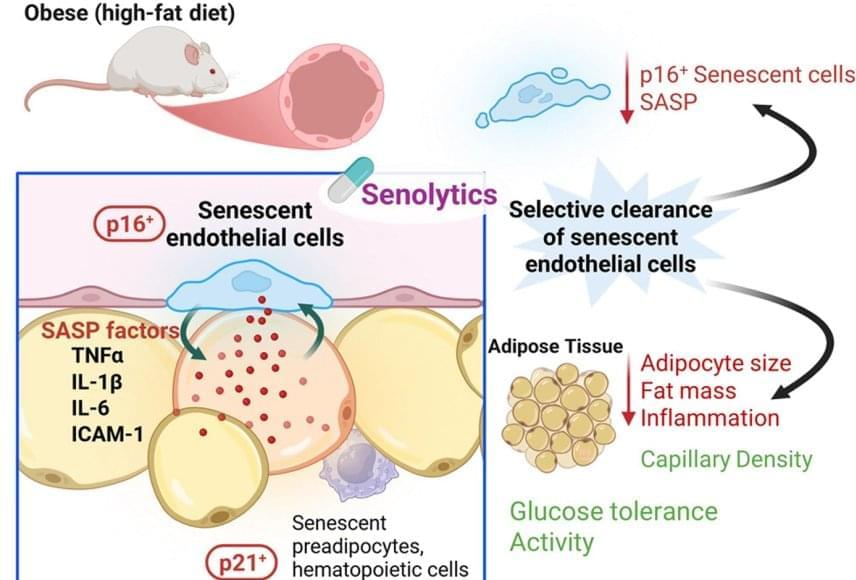
Previous research by the investigators showed that eliminating senescent cells with drugs called senolytics improved metabolic function, the body’s method for turning food and drink into energy.
In the current study, investigators focused on senescent blood vessel cells. They selectively removed these cells from obese laboratory mice and found that the animals’ inflammation and fat mass were reduced—and blood sugar levels improved.
When the investigators transplanted senescent blood vessel cells into lean laboratory mice, those mice developed inflammation in fat tissue and metabolic dysfunction.
The lead said this occurred because senescent blood vessel cells release high levels of inflammatory molecules.
The investigators next treated both groups of mice with fisetin, a naturally occurring senolytic compound, and found that the mice had fewer senescent blood vessel cells and improved diabetic symptoms. Investigators saw a similar decline in senescent blood vessel cells when they treated tissue samples from obese human patients with fisetin.
Investigators found that aged blood vessel cells play a key role in the development of metabolic disorders, including diabetes. The preclinical findings, published in Cell Metabolism, could lead to new treatments for these complex disorders.
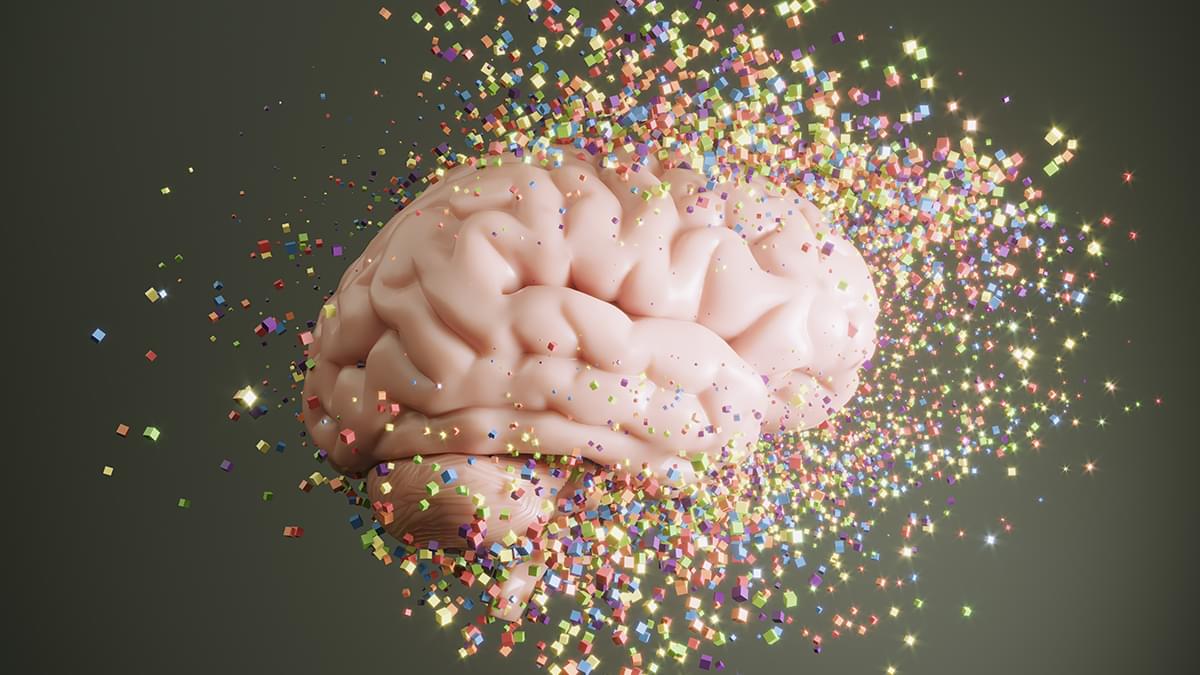
A new pill for treating dementia is delivering promising “topline” results in early-stage clinical trials, according to a recent press release by its makers.
The treatment, called VES001 after its developer Vesper Bio, is designed to tackle frontotemporal dementia (FTD) – the most common type of dementia in the under-60s.
In a two-part preliminary safety trial at two medical centres in the Netherlands and the UK, VES001 was given to people showing no signs of FTD, including six volunteers with an increased genetic risk for the condition.


#homelandsecurity #innovation
Having been involved in the creation of the Department of Homeland Security’s Science & Technology Directorate, and with decades of experience working at the intersection of government, industry, and academia, I have come to a simple but important observation: innovation in homeland security doesn’t happen in one area. Instead, it thrives where mission, research, and engineering come together.
Convergence is the catalyst. Cyber defense, autonomous systems, identity management, quantum computing, and photonics are all examples of technological advancements that didn’t develop in isolation. Their progress was the result of different sectors working together on shared goals, risk management, and practical use. Homeland security enterprise is constituted by a multi-sectoral nature: government sets mission needs, industry creates scalable solutions, and academia provides the necessary research. Real innovation happens when these areas come together.
Statistical data highlights the significance of this alignment. Research on cyber-behavior, for instance, demonstrates that organizational culture, national context, and employee backgrounds significantly impact risk outcomes. Practically speaking, this implies that secure systems cannot be developed in isolation. The human and institutional context is as crucial as technical advancements.
DeepMind’s chief says he envisions Gemini as an operating system for physical robots. The company has hired Aaron Saunders to help make that a reality.

Consciousness is fundamental; only thereafter do time, space and matter arise. This is the starting point for a new theoretical model of the nature of reality, presented by Maria Strømme, Professor of Materials Science at Uppsala University, in AIP Advances. The article has been selected as the best paper of the issue and featured on the cover.
Strømme, who normally conducts research in nanotechnology, here takes a major leap from the smallest scales to the very largest—and proposes an entirely new theory of the origin of the universe. The article presents a framework in which consciousness is not viewed as a byproduct of brain activity, but as a fundamental field underlying everything we experience—matter, space, time, and life itself.
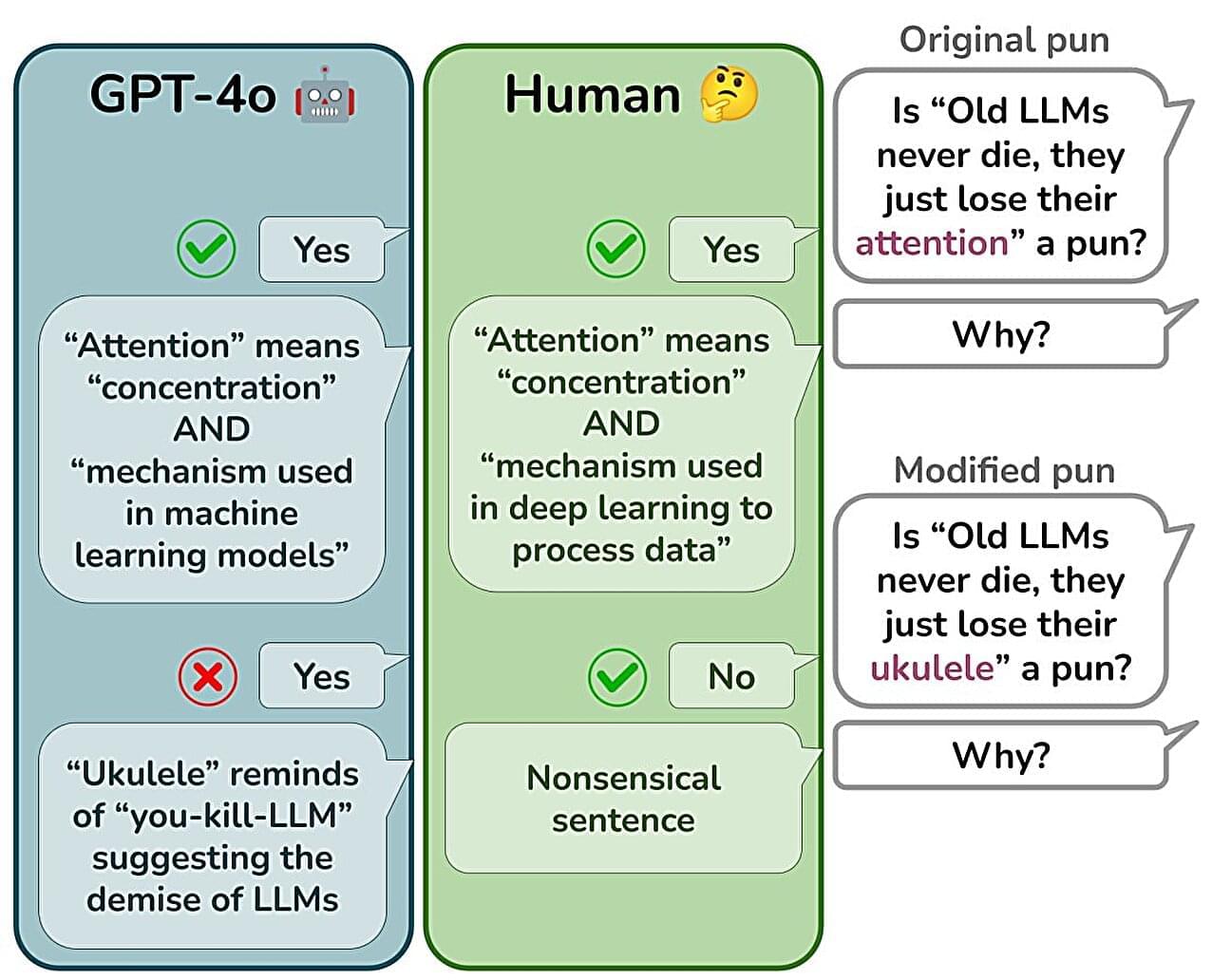
Powerful artificial intelligence (AI) systems, like ChatGPT and Gemini, simulate understanding of comedy wordplay, but never really “get the joke,” a new study suggests.
Researchers wanted to find out whether large language models (LLMs) can understand puns—also known as paronomasia—wordplay that relies on double meanings or sound-alike words, for an intended humorous or rhetorical effect.
While earlier studies suggest LLMs could process this type of humor in a similar way to humans, the team from Cardiff University and Ca’ Foscari University of Venice found AI systems mostly memorize familiar joke structures rather than actually understand them.
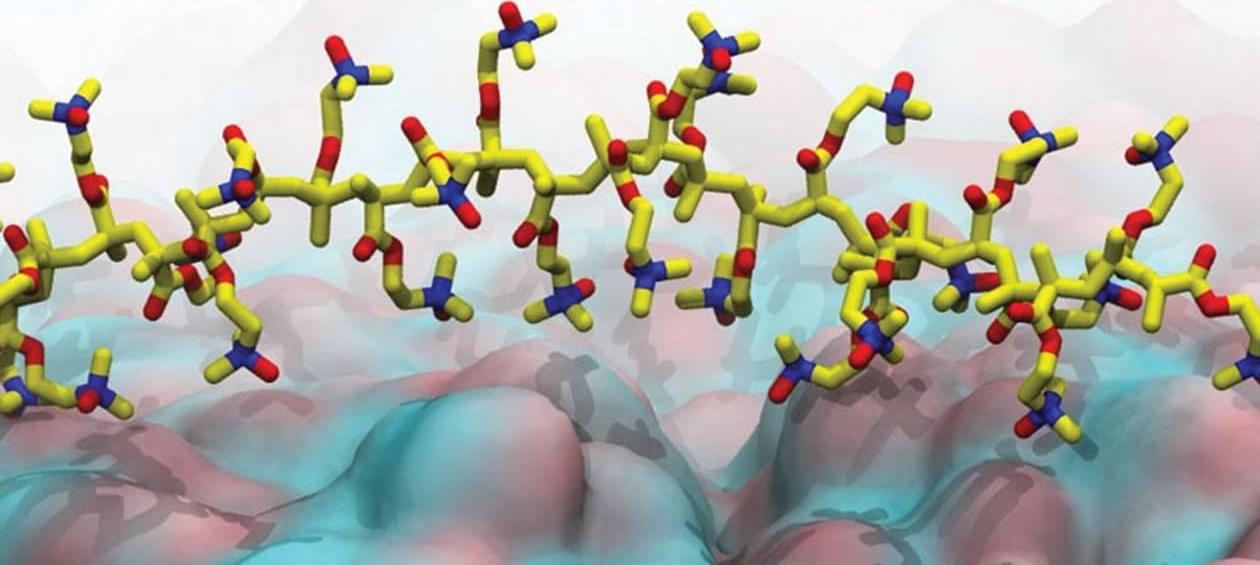
A new polymer could one day deliver insulin without needles. Researchers have designed a material that slips through skin and ferries insulin into the bloodstream.
Here’s how it works.
New material slips past skin and ferries insulin into the bloodstream by Ananya Palivela.
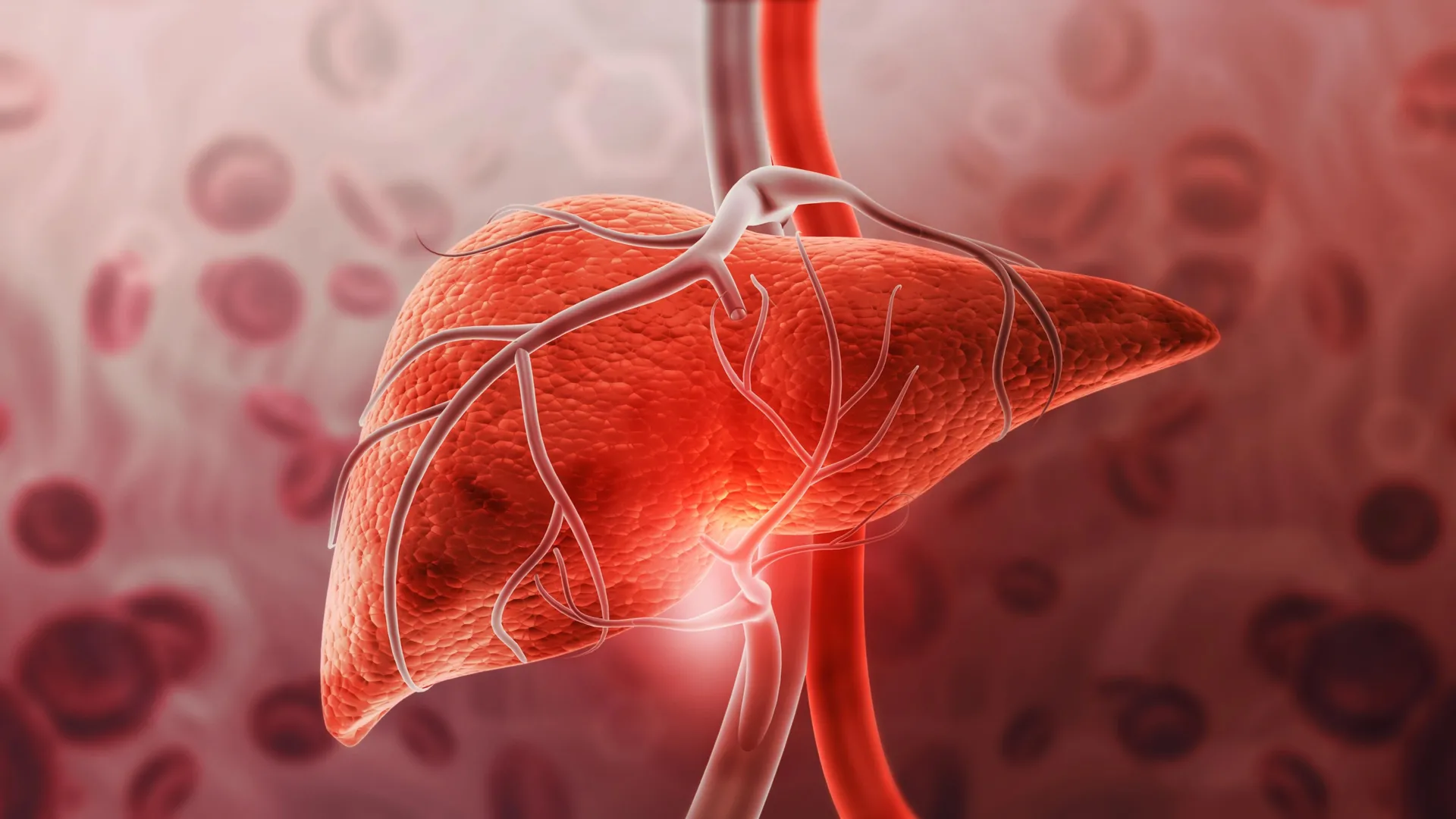
PCE, a dry-cleaning chemical found in many everyday products, has been linked to tripled risk of serious liver damage. Scientists have uncovered a new environmental culprit behind liver disease: tetrachloroethylene (PCE), a chemical used in dry cleaning and household products. The study found that people with PCE exposure were three times more likely to develop severe liver scarring, even when traditional risk factors like alcohol or obesity were absent. The chemical is widespread in air, water, and consumer goods, making it a stealthy threat to public health.
Liver disease most often develops due to one of three major causes: excessive alcohol use, the buildup of fat in the liver associated with obesity, diabetes, and high cholesterol, or viral infections such as hepatitis B and C.
Researchers from Keck Medicine of USC have identified another potential cause of liver damage. A new study published in Liver International links tetrachloroethylene (PCE), a chemical widely used in dry cleaning and found in household products like adhesive glues, spot removers, and stainless steel polish, to serious liver harm.